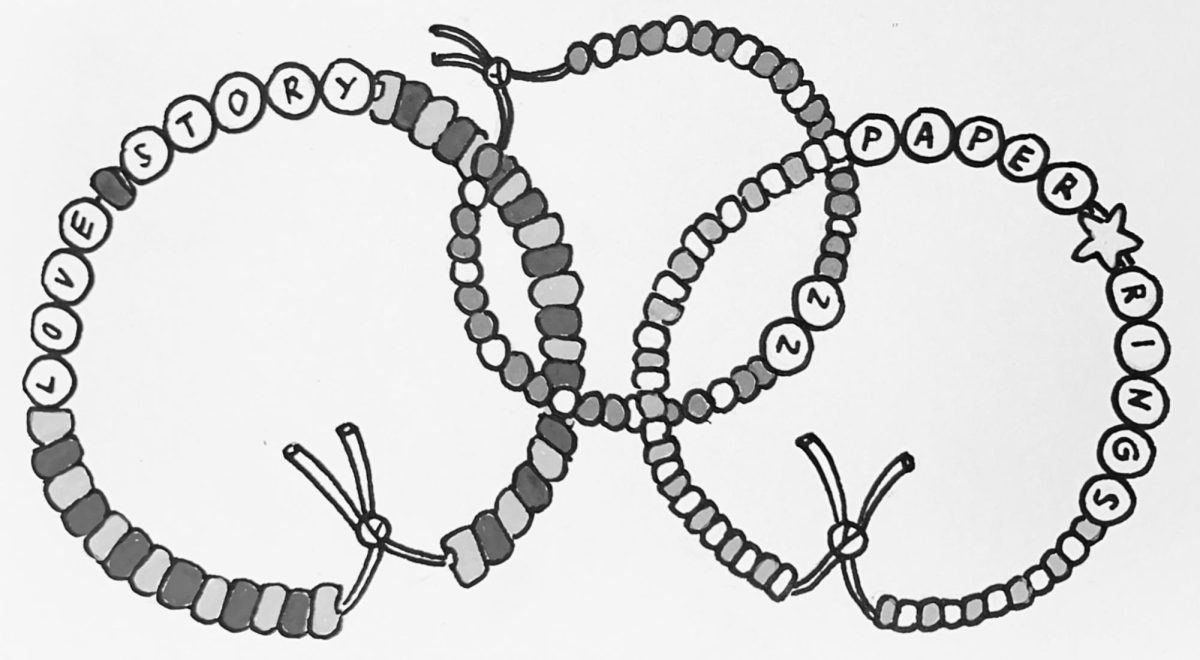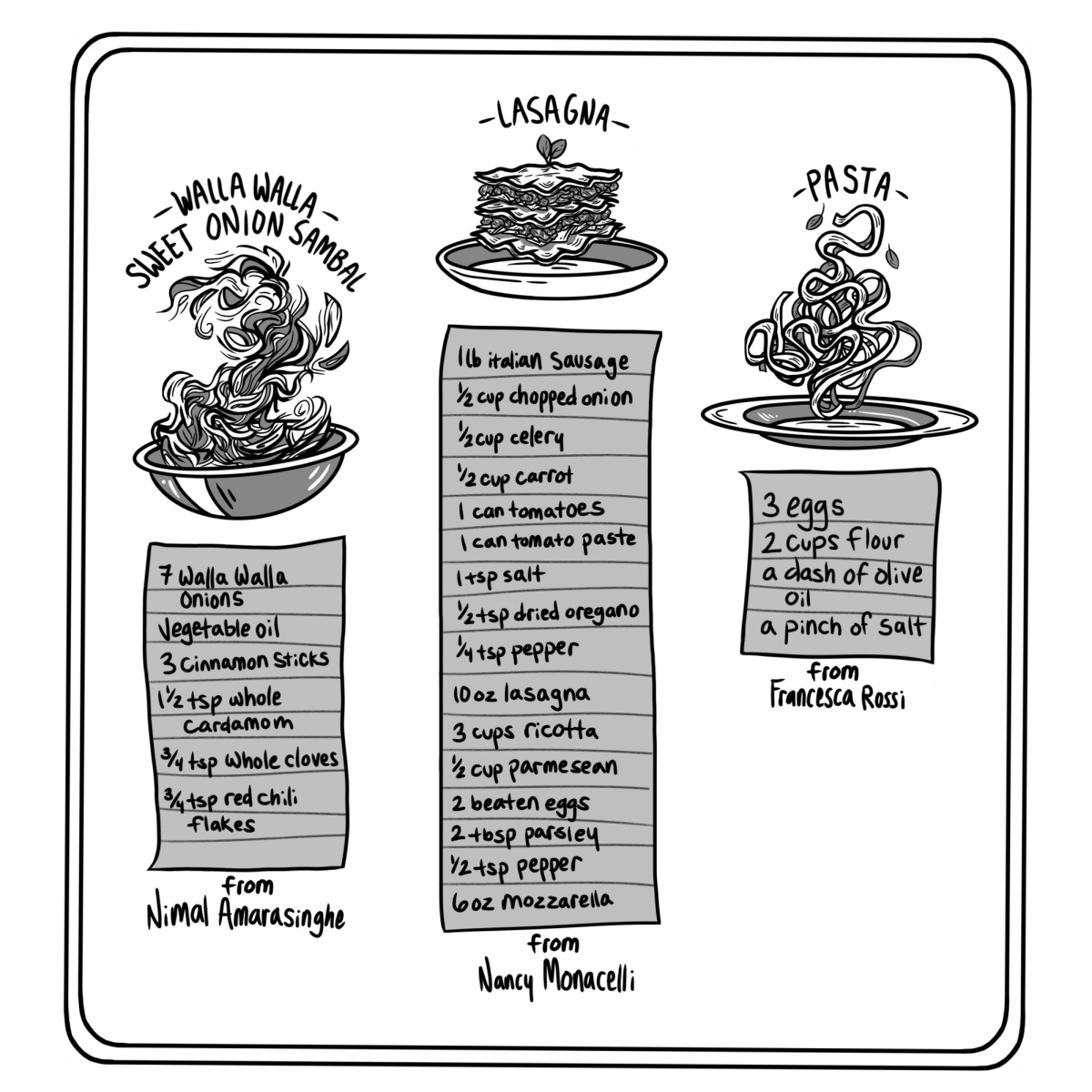
November 2012 marked the end of an era. It was the death of a snack that became an unofficial tag of American patriotism. It was the end of a cultural icon, a recognizable treat that held unsurpassed societal significance. Now, no 7-Eleven junk food aisle will ever be the same. This cream-filled, sugar delicacy that our generation has had to put to rest is the Twinkie.
“Twinkies were an icon and a staple of America––at least in my part of the world,” said Peterson Endowed Chair of Social Sciences Keith Farrington.
The original banana-cream-filled Twinkie was crafted in 1930, until the advent of WWII forced the rationing of bananas. Hostess made the momentous decision to switch to vanilla cream, and has since never turned back. Twinkies rose in popularity in the 1950s with the increasing number of American suburban families, filling the ideal school lunch.
“I would argue that Twinkies, Hostess snacks and the like were geared towards a certain generation and that was the youth,” said Farrington.
Likewise, they were advertised as a nutritious family snack. One 1957 ad wrote, “Housewives have told us their families eat even more [fruit] when Twinkies are perched on the side of the plates!”
In the 1960s they became an even more popular snack due in part to the increase in family bomb shelters. This began the still prevalent myth (yes, it’s a myth) that Twinkies would last the apocalypse, as Hostess sold them under the slogan that they would “stay fresh forever.” This myth has continually resurfaced, as Bill Clinton even put a Twinkie in the nation’s millennium time capsule (it was later removed for fear of mice infestation).
“It’s the prototypical indestructible junk food. It was the sort of height to which American technological ingenuity could go to create a product that was almost entirely artificial, but gave the appearance of eclairs,” said Marion Nestle, a New York University professor of nutrition and food studies.
Hostess is known more as an icon to this generation simply because it is nothing more than that. An outcry emerged from the public when Hostess admitted bankruptcy in 2012, and consumers flocked to the shelves and bought Twinkies at an unprecedented rate. A whole box of Twinkies is now being sold on eBay for a staggering price of $200,000.
Apparently, America had suppressed this Twinkie admiration before Hostess announced its discontinuation. Hostess Twinkie filed Chapter 11 bankruptcy in May of 2012, and stated on Nov. 12, 2012 that “bakery operations have been suspended at all plants.” Hostess explained their failure as due to American’s heightened interest in more healthy and natural foods.
The simple truth is that the American public loved the cultural stigmas that surrounded the Twinkie, but could really care less for the Twinkie itself.
“They are pretty good for the first bite, but I can’t stand eating any more of them,” said sophomore Quinn Piibe.
First year Aaron Stern is of the same opinion. “Of all the Hostess snacks, Twinkies are my least favorite,” he said.
Media has of course done nothing more than perpetuate this stigmatized product. Movies such as Wall-E and Zombieland bring about the cultural significance of the Twinkie.
It also holds a political significance; the “Twinkie-defense” is now a term originating from the 1979 trial of Dan White. White was accused of assassinating both gay activist Harvey Milk and mayor of San Francisco George Moscone. White defended himself on the grounds that his depression had led to an increase in sugary foods, such as Twinkies, which inhibited his mental capacities.
Now an object of history, the Twinkie has become a keepsake only fully understood by our generation. It’s a blow to the few Twinkie devotees, but mostly the loss is an opportunity missed by the public to taste an icon of their generation.
“I have never had a Twinkie, just because it hasn’t appealed to me, but it’s definitely something that is recognized by everyone,” said first-year Andrea Berg.
Apparently the end the Mayans predicted was not the death of the human race, but rather the death of an American icon.The product that was supposed to survive us all shocked society with its abrupt irony. However, it must be recognized that the Twinkie cannot and, as of yet, has not died. It is etched in our political, social and cultural consciousness and will continue to live until there is a generation whose people are ignorant of the true significance of the Hostess Twinkie.













